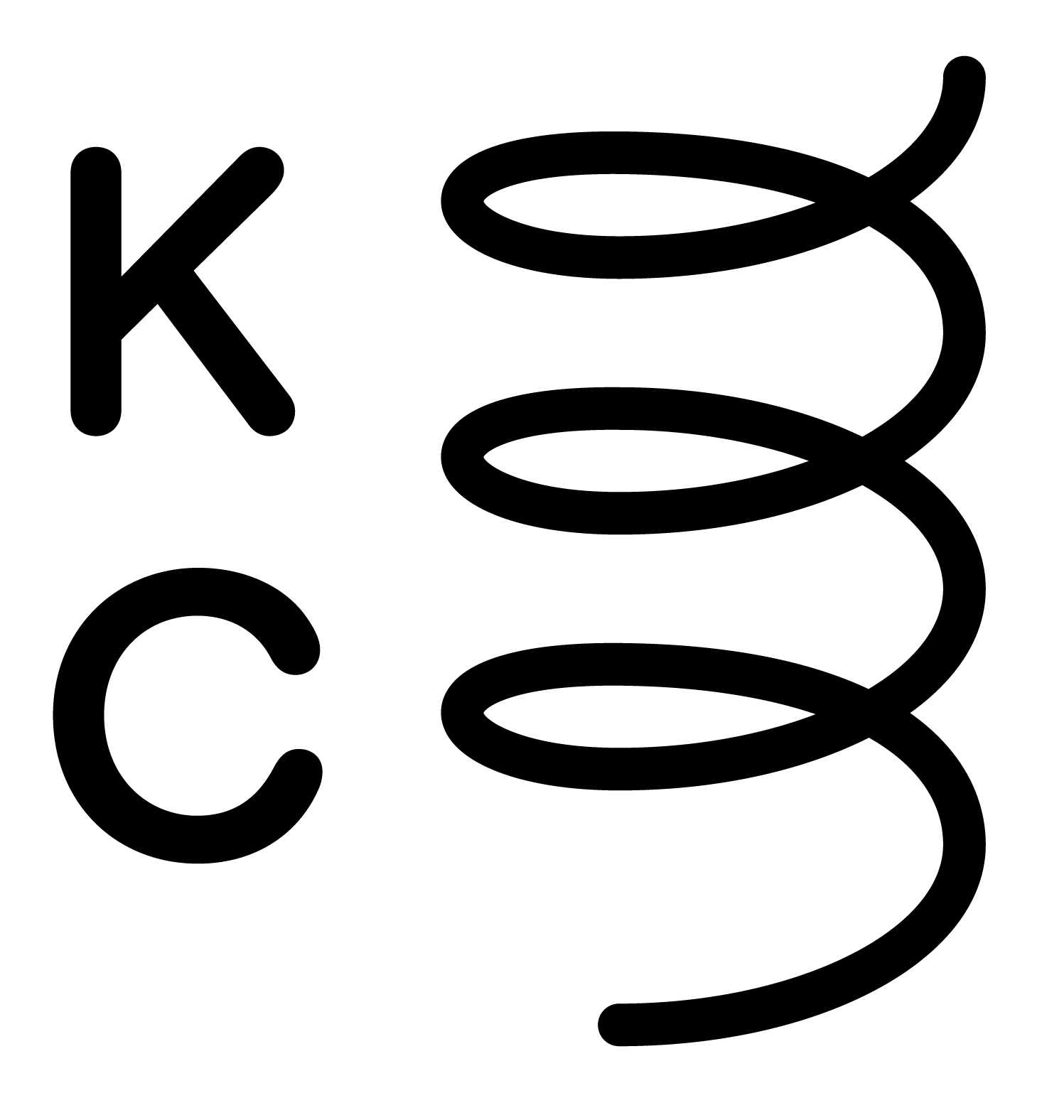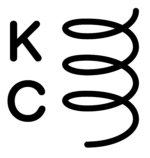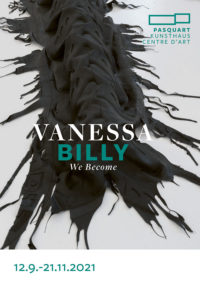

VANESSA BILLY – We Become
12 September 2021 – 21 November 2021
For several years Vanessa Billy (b. 1978, Geneva; lives and works in Zurich) has been a prominent Swiss artist, with a presence on the national and international exhibitions scene. She is concerned with the intrinsic and transformative properties of materials, with the materialisation of processes of constant exchange within our environment and between humans and other living beings. The artist uses a wide range of organic and synthetic materials and waste products, including bronze, silicone, bio-based resin, water, metals, waste oil, glass and plastics; as well as industrial objects such as electrical cables, car engines and light bulbs. Thematically, Billy’s sculptural practice explores ecological issues, energy cycles, dystopian visions and alchemical processes. She draws parallels between physical and mental constructs and questions the impact of human actions on the planet.
The exhibition We Become focuses on the themes of energy and transformation in Vanessa Billy’s work and its development over a period of fifteen years. It is a collaboration with the Villa Bernasconi in Lancy, near Geneva, which is showing the parallel exhibition Redevenir (4.9.-14.11.2021), with an emphasis on the human body.
Vanessa Billy makes sculpture as a way of situating herself in the world, of relating to the substances that provide our living conditions. She proposes environments where representations of animal, vegetal, mineral or microbial organisms merge with mechanical objects. At the heart of her work is the fusion of several opposing formal possibilities. She subjects matter, whether natural such as oil or resin, or constructed, such as surplus industrial electricity cables, to a process of transformation whose origins are difficult to trace. Earlier works are poetic explorations of themes such as nature and naturalness. Consisting of simple and modest materials, whose properties and essence have always fascinated Billy, they are often surreal juxtapositions or minimal arrangements: a heavy rock held in a plastic bag too flimsy to sustain its weight or a glass vase filled with used light bulbs floating in muddy water. These older works reveal an elaborate approach to craftsmanship and the artist’s requirement that the material’s intrinsic qualities are visible in a work, combining both conceptual and sensual aspects.
More recently, Vanessa Billy’s explorations of materiality have become more metaphorically explicit and more urgent in content. She is concerned with the entanglement of contemporary humans in the cycle of consumption and waste. However, they often have only an implied and fragmentary presence in her work. Instead, the artist focuses on humans’ relationship to the world, the results of their harmful interference with nature and their alienation from it. She incorporates manufactured materials and machinery in her installations, or employs natural materials such as sand, bird feathers and cow hide. She has also often used bio-based resin, exploiting the material’s viscous qualities: initially fluid, it sets over time, pouches of trapped air leaving their mark and forming a pattern recalling molecules or unicellular beings.
In connection with the environmental problems the world is increasingly facing, Vanessa Billy comments that having put our energy into constructing, we must learn to deconstruct things again. She suggests this may develop via the idea of the network, of how we can cohabit as living creatures. The exhibition titles of Biel and Lancy – We Become and Redevenir -, indicate that we are part of something larger that is evolving all the time. In the new works created for the Salle Poma she looks at this challenge from the perspective of nature: plants and animals exploited by humans appear to have responded by developing new forms to evade this control. Works such as Chenille (2019) and Fishbones (2021) reflect anthropogenic influences, with a tractor tyre transformed into a gigantic, crawling organism and 3D printed bones made from flax imitating a vertebral column. Contrary to evolutionist models Billy proposes hybrid forms as a way to escape the dualism between nature and culture, an attempt to inscribe the human in a de-hierarchised continuum. She presents an installation of complex materiality, in which each work is autonomous but comes together to create a landscape of altered nature. This ensemble simulates a mechanised, or industrially produced, environment in which the metabolisms of animals and plants have gone awry. In this way the artist makes tangible the myriad of macro and micro alterations inflicted on the earth and other life forms.
Curator of the exhibition
Felicity Lunn, director Kunsthaus Pasquart
Publication accompanying the exhibition
In the context of the two exhibitions in Lancy and Biel, a publication with texts by Simon Baier, Nicole Kunz, Hannah Landecker and Felicity Lunn will be published by Verlag für moderne Kunst at the end of October (ENG/FR/DT).
Guided tours
Thurs 7.10.2021, 6pm (dt) Felicity Lunn, director Kunsthaus Pasquart
Thurs 21.10.2021, 6pm (fr) Julie Carron, museologist
Artist’s talk
Thurs 28.10.2021, 6pm (fr) Vanessa Billy in conversation with Felicity Lunn.
Art at noon
Fri 19.11.2021, 12:15am (dt/fr) Short tour followed by a lunch snack by Batavia. CHF 15.-, registration: info@pasquart.ch


